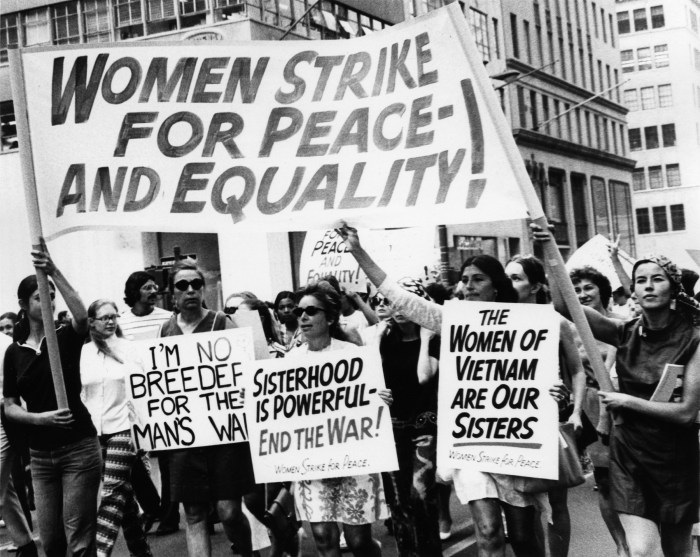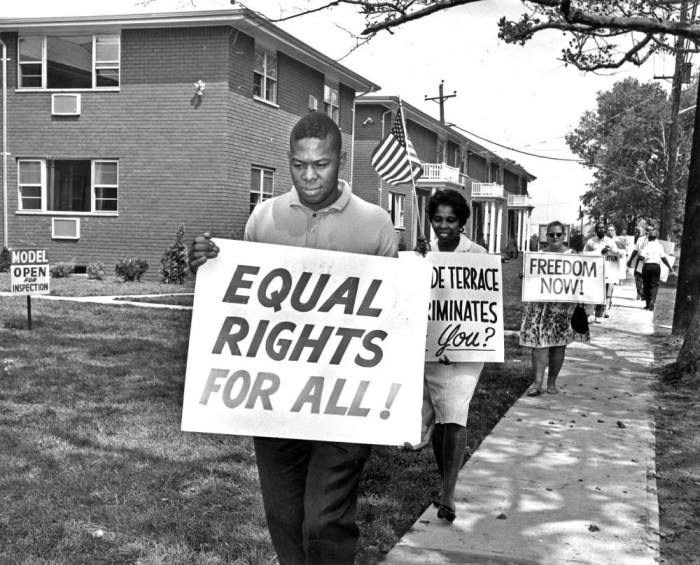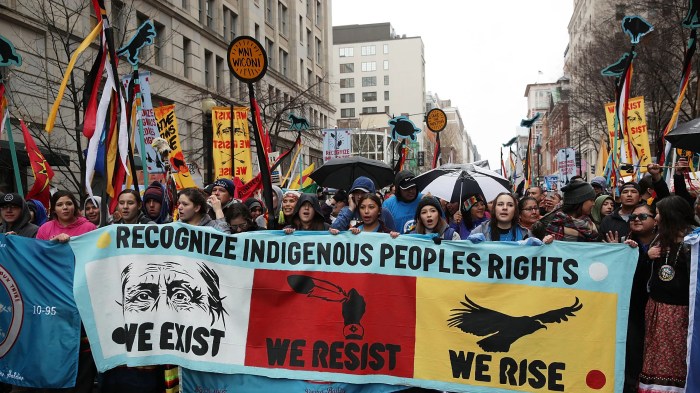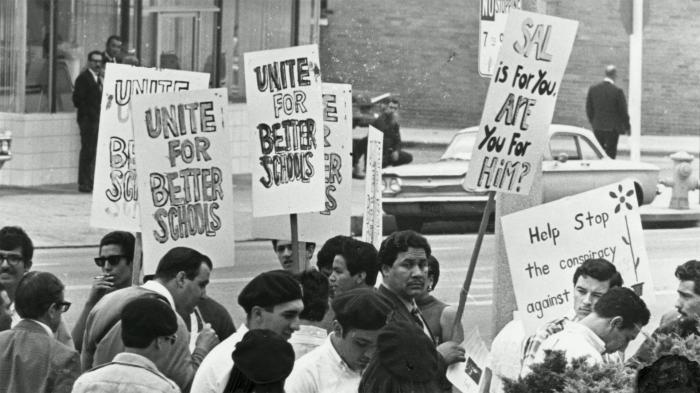Topic 3.10 social movements and equal protection – Topic 3.10: Social Movements and Equal Protection embarks on an illuminating journey through the intricate relationship between collective action and the pursuit of equality under the law. From the genesis of social movements fighting for equal rights to the ongoing challenges they face, this topic delves into the strategies, tactics, and obstacles that shape the quest for a just and equitable society.
Social movements have played a pivotal role in shaping the interpretation and enforcement of equal protection laws, highlighting the power of collective action in driving social change. By examining the historical context, key concepts, and global perspectives on social movements and equal protection, this topic provides a comprehensive understanding of the complexities and significance of this ongoing struggle.
Social Movements and Equal Protection

Social movements have played a pivotal role in the fight for equal protection under the law, advocating for the rights of marginalized and discriminated groups. Their strategies and tactics have shaped legislation and policies, contributing to a more just and equitable society.
Historical Context of Social Movements and Equal Protection
The origins of social movements for equal protection can be traced back to the abolitionist movement of the 19th century, which fought to end slavery and secure equal rights for African Americans. Since then, numerous social movements have emerged, including the women’s suffrage movement, the civil rights movement, the disability rights movement, and the LGBTQ+ rights movement.
These movements have achieved significant victories, leading to the passage of landmark legislation such as the Civil Rights Act of 1964, the Americans with Disabilities Act, and the Defense of Marriage Act. They have also raised awareness about discrimination and inequality, challenging systemic barriers and promoting social change.
Key Concepts in Social Movements and Equal Protection
Equal protection under the law refers to the principle that all individuals are entitled to equal treatment and protection from discrimination, regardless of their race, sex, religion, national origin, disability, or other protected characteristics.
Social movements have played a crucial role in shaping the interpretation and enforcement of equal protection laws. They have successfully advocated for the expansion of legal protections and challenged discriminatory practices, ensuring that the law reflects the values of equality and fairness.
Strategies and Tactics of Social Movements for Equal Protection
Social movements employ various strategies and tactics to advocate for equal protection, including:
- Protests and demonstrations:Mass demonstrations, rallies, and marches are powerful ways to raise awareness about an issue, mobilize support, and put pressure on decision-makers.
- Lobbying and advocacy:Social movements work with elected officials and policymakers to influence legislation and policies that promote equal protection.
- Litigation:Legal challenges, such as lawsuits and class actions, can be used to enforce equal protection laws and challenge discriminatory practices.
- Community organizing and empowerment:Social movements often focus on building community power and empowering marginalized groups to advocate for their own rights.
Challenges and Obstacles to Equal Protection
Despite the progress made, social movements continue to face challenges and obstacles in achieving equal protection for all. These include:
- Discrimination and prejudice:Discrimination and prejudice persist in many forms, from overt acts of violence to subtle forms of bias.
- Systemic barriers:Institutional bias, unequal access to resources, and discriminatory policies create systemic barriers that perpetuate inequality.
- Political opposition:Social movements often face political opposition from those who seek to maintain the status quo or resist changes that promote equality.
The Role of Intersectionality in Social Movements for Equal Protection, Topic 3.10 social movements and equal protection
Intersectionality recognizes that individuals experience multiple forms of discrimination and oppression based on their intersecting identities, such as race, gender, sexual orientation, and disability. This framework has become increasingly important in social movements for equal protection, as it allows for a more nuanced understanding of the challenges faced by marginalized groups.
Intersectionality has influenced the strategies and tactics of social movements, leading to the formation of coalitions and alliances between different groups and a focus on addressing the unique needs of marginalized communities.
Global Perspectives on Social Movements and Equal Protection
Social movements for equal protection have emerged in different countries and regions, influenced by local cultural, political, and economic factors. These movements have achieved varying degrees of success, reflecting the diversity of experiences and challenges faced by marginalized groups worldwide.
By comparing and contrasting these experiences, we can gain insights into the factors that contribute to the effectiveness of social movements and identify best practices that can be applied to different contexts.
Quick FAQs: Topic 3.10 Social Movements And Equal Protection
What are the key strategies employed by social movements for equal protection?
Social movements for equal protection employ various strategies, including protests, lobbying, litigation, boycotts, and educational campaigns to advocate for their cause and achieve their goals.
How does intersectionality shape the experiences and strategies of social movements for equal protection?
Intersectionality recognizes that individuals may experience multiple forms of discrimination based on their race, gender, class, sexual orientation, and other factors. This understanding shapes the strategies and tactics of social movements, as they work to address the unique challenges faced by marginalized groups.


